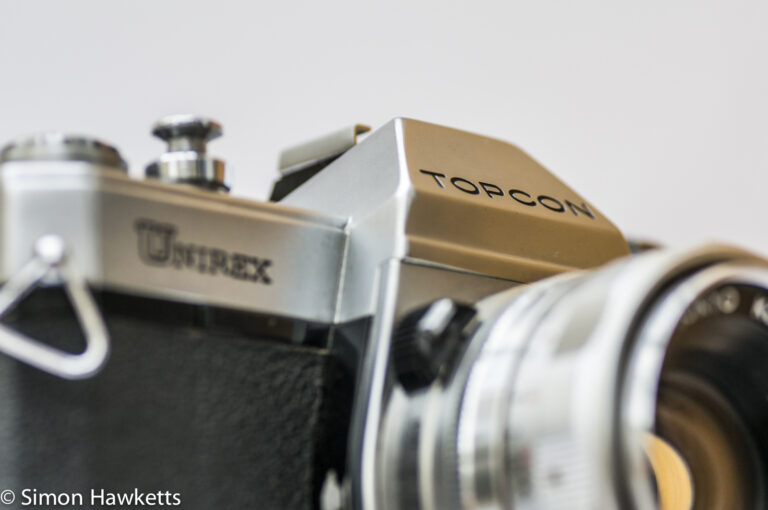Topcon IC-1 Auto camera
Last week I wrote a post about a new camera I’d just acquired which was a Topcon Unirex and I mentioned that I didn’t really know much about Topcon as a manufacturer before I bought that camera. Well, since then I’ve bought another, the Topcon IC-1 Auto because I was really quite impressed with the quality of the Unirex and the new camera is the subject of this post.
Topcon IC-1 Auto Images

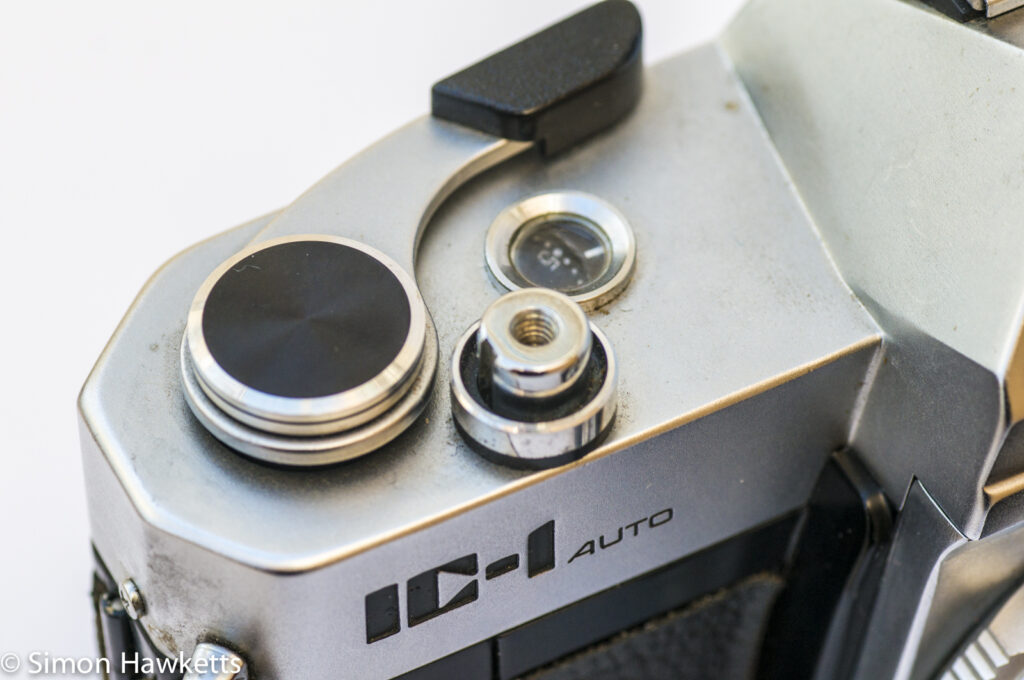


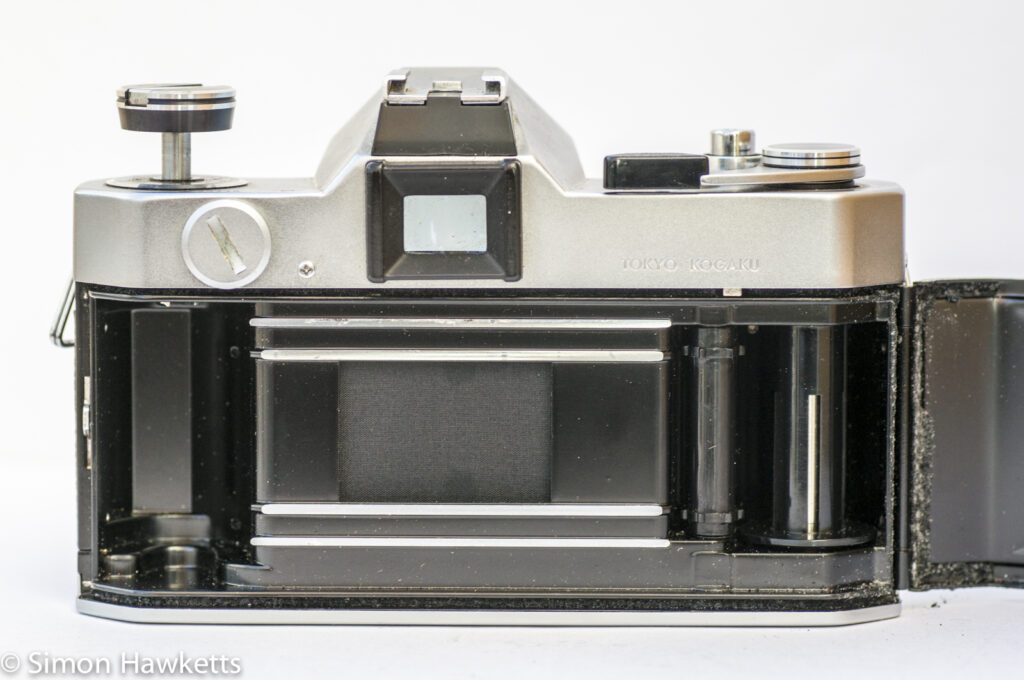
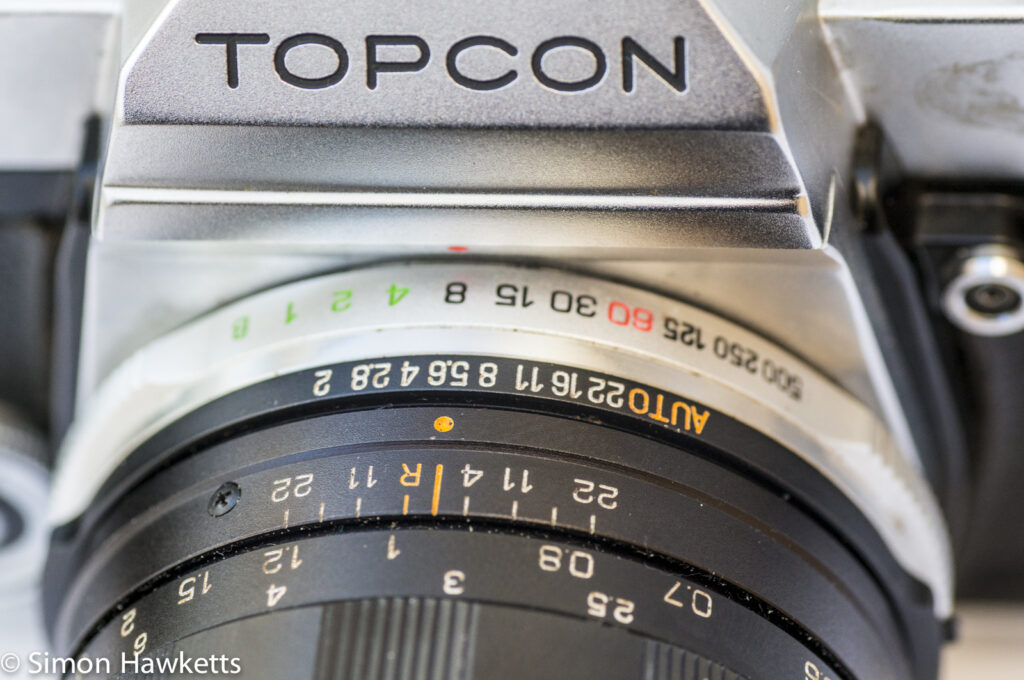









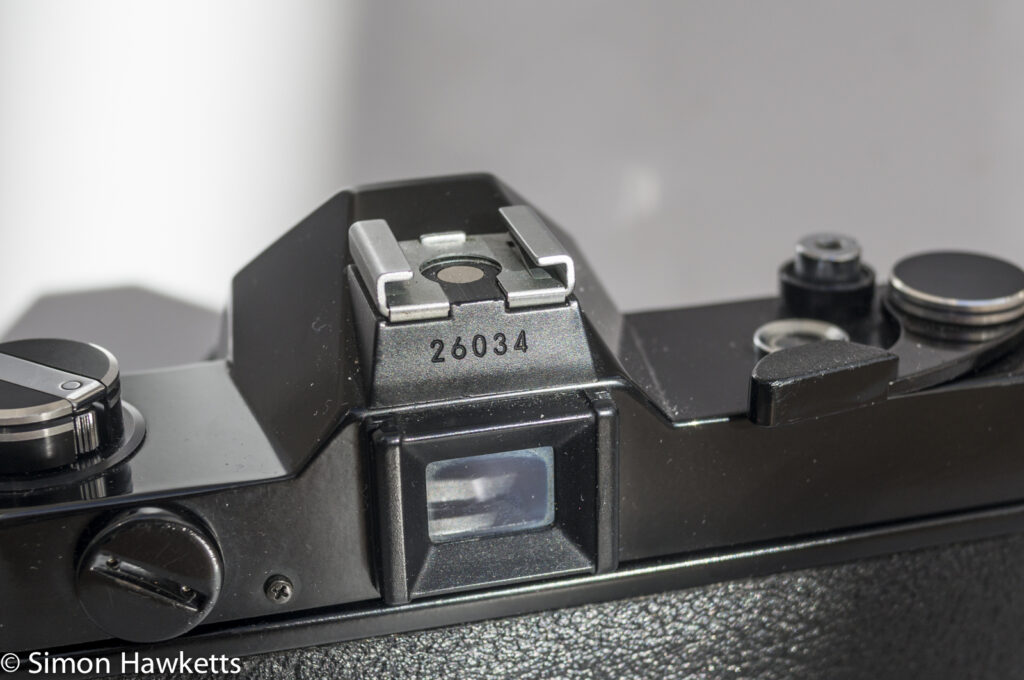



My Topcon IC-1 Auto camera
My Topcon IC-1 is fitted with a Hi Topcor 50 mm f/2.0 lens and was also supplied with a UV Topcor 28 mm f/4.0 lens as well. I also received a small PAL DC320 electronic flash, a lens case for the 28 mm lens and a gadget bag to hold it all. Included in the bag was the original receipt of sale for the purchase price of £157 in 1976!
As an added bonus, there was a film still loaded in the camera with about 8 exposed pictures which I’ll take for development later this week. For all this I paid the princely sum of £20.
The camera looks in fairly good condition. The only obvious sign of age externally is the black body covering which is peeling a bit at the top and bottom. I’m hoping that a small amount of glue squeezed under the cloth will do the trick there.
The light seals in the film chamber are a bit worn and the viewfinder has a bit of muck in, but that is a standard thing with oldish cameras. I normally find I can blow most of the dirt out of the viewfinder with a puffer once I’ve removed the lens.
The most important aspects of the camera look fine; the lenses are both clear and free from any serious dust or fungal growth, the shutter works (after the addition of a couple of SR44 batteries), the speeds sound about right and the aperture adjustment also seems to work and stop the lens down during exposure. I’m not sure that the exposure metering system is working correctly however – see later.
An interesting thing I found is that the 50 mm UV Topcor lens I received with the Unirex, which seemed to be a bit slow stopping down, actually works fine on the IC-1, so I guess the problem there must be with the camera rather than the lens. I confirmed this by fitting one of the lenses I received with the IC-1 on to the Unirex and sure enough, there is a delay before it stops down. I’ll have to investigate how I fix that problem on the Unirex body.
This camera has the same feel of quality as the Unirex does and the lenses, which are obviously coated, look quite nice. I suppose the real test there will be to try them, so I guess that will mean putting a film through the camera because I don’t think UV Topcon to Sony NEX adapters are available.
Topcon IC-1 Description
The major difference between the Unirex and the IC-1 is that the IC-1 has a conventional focal plane shutter fitted in the body of the camera just in front of the film instead of the leaf shutter of the Unirex.
The shutter speed adjustment is still fitted round the lens barrel however, as is the aperture adjustment for the lens. In fact that is an oddity with both cameras; the aperture adjustment is fitted to the camera not the lens. That seems an odd design decision – when I fit the 28 mm lens, which has a maximum aperture of f/4 the aperture adjustment fitted to the camera body will still go down to f/2, although the lens will obviously only stop down to f/4. (It also probably explains why I can’t find adapters for the NEX and had to build my own – it’s just too complex to add in the aperture adjustment for the lens).
The exposure modes offered by the IC-1 are basically the same as the Unirex.
If the aperture is set to Auto, the camera is in shutter priority auto exposure with a needle in the viewfinder warning the user if the aperture can’t be opened enough to get a correct exposure.
There is a switch on the front of the camera which sets the maximum aperture of the lens fitted. In a modern camera this information would be communicated automatically, but at this stage in camera development it was a user settable option.
It is also possible to run the camera in fully manual mode by setting the aperture and shutter speed and the meter needle in the viewfinder would indicate the aperture which the exposure system suggests is correct. Oddly enough, on my camera the needle seems to work in reverse – as the shutter speed is decreased, the needle indicates a wider aperture needed. It’s possible this is because of the batteries I’ve fitted being slightly the wrong voltage, but I think that is unlikely.
There is an accessory shoe fitted, but there is no electronic contact for the flash, instead there is a flash sync socket fitted to the front of the camera.
The viewfinder has a double circle micro prism focusing aid and, as described above a meter needle indicating the aperture the camera is set to in auto mode. As is the case with most full frame 35 mm SLR cameras it is bright and gives a good view to compose pictures with.
All in all a nice camera with a few oddities.
Topcon IC-1 Specifications
- Topcon IC-1 Auto 35mm SLR
- Shutter 1sec to 1/500th sec + B
- Aperture priority automatic exposure
- Camera mounted aperture control Auto + f/2.0 to f/22
- ASA setting 25 to 3200
- Flash sync at 1/60th sec
- Aperture compensator switch
- Topcor UV bayonet mount lens
- ‘cold’ accessory shoe + flash sync socket
- 2 x PX675 batteries (I used SR44 which could lead to exposure inaccuracies)
- Body Ser No 29775
- 50mm f/2.0 Topcor UV lens Ser No 31098
- 28mm f/4.0 Topcor UV lens Ser No 136126891
- Manual available on-line here.
Update:
A few months after I purchased my IC-1 I bought another copy in black. I didn’t realise it at the time but comments from John Burton at http://www.camera.portraits.srv2.com/ made me aware of the fact that there were two versions of the IC-1 made, and my black copy is the second version. I’ve updated the pictures above with a few images of this camera and the changes from the first model which are basically
- A different lens – I received this with a 50mm f/2.8 lens although I think an f/1.8 was also supplied
- The serial no moved to above the eyepiece
- The accessory shoe becomes a hot-shoe
- The word ‘Auto’ is in red
- The film plane marker is gone
- There is a green LED in the viewfinder to show the battery condition
Discover more from Everything Vintage
Subscribe to get the latest posts sent to your email.





